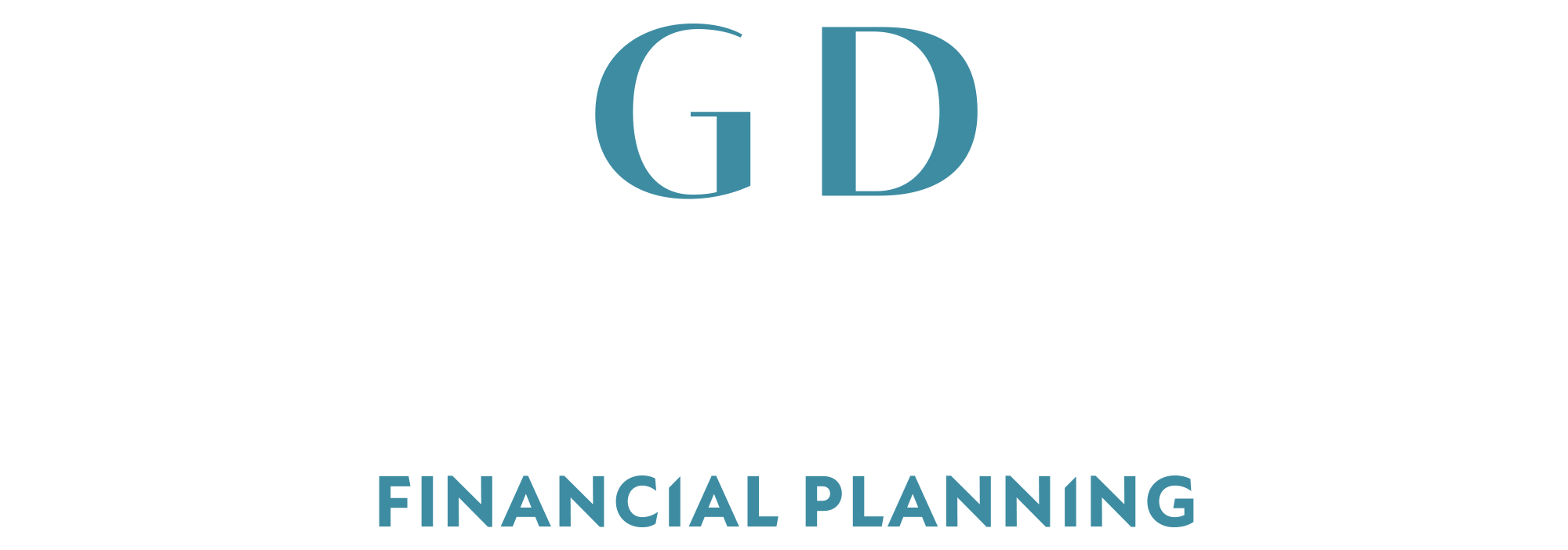Blog
Client Scenario: Planning for Inheritance Tax (IHT)
In the case of Brenda*, we were able to look at our client’s financial situation and come up with a strategy that has given her peace of mind knowing that she isn’t leaving any nasty surprises for her children.
Brenda, in her early 70’s, is in good health and a non-smoker. Sadly, she lost her husband a few years ago. She has a good level of retirement income, in excess of £50,000p.a., which is more than adequate for her current lifestyle needs. Additionally, Brenda has investable capital that she is happy to have tied up in long-term investments.
However, the assets that she holds are in excess of the 2017/18 Inheritance Tax threshold of £850,000 (when Brenda’s husband passed away, his ‘nil rate band’ of £325,000 passed fully intact to Brenda. When combined with her own nil rate band of £325,000 and the new residence nil rate band, which was £100,000 per person in 2017/18, this totals £850,000).
A large portion of Brenda’s asset base is tied up in her home, which is worth a significant amount of money. Given the desirable location and emotional attachment to the house, Brenda wishes to retain the property and continue living in it. Because of this, the house cannot easily be written into Trust and passed on to her daughter because it would create a Gift With Reservation of Benefit, meaning Inheritance Tax is still likely to be assessed on the property.
Brenda also expressed her wish to help her daughter financially, as she has four children and a sizeable mortgage of her own. However, she doesn’t want to leave her daughter with a large IHT bill on top of the stress of dealing with her estate.
Having reviewed the situation in detail, we proposed the following plan:
- Make annual gifts to her daughter that are within the annual gifting exemption amount of £3,000 (full details of all of the Exempt Gifts are available on page 3 of our Guide to Inheritance Tax).Further gifts over the exempt amounts will be considered part of the estate for IHT purposes for seven years after the gift is made.The gifting strategy enables Brenda to help her daughter immediately, while at the same time mitigating any future IHT costs.
- Secondly, we used a back-to-back combination of a Discounted Gift Trust (DGT) and a Whole of Life Assurance Policy to address the broader IHT liability.
The Discounted Gift Trust usually consists of an Investment Bond written in Trust. The Trust creates two separate rights:
- Brenda’s right to receive regular payments of a specified amount;
- The Trustee’s (in this case, Brenda’s daughter) right to whatever capital remains in the Trust at the time of Brenda’s death, which the Trustees hold on behalf of the beneficiaries.
It is because these two separate rights are created that the whole amount put into the Trust is not considered a Gift with Reservation and therefore has the potential to successfully mitigate Inheritance Tax.
The regular payments from the DGT are not actually needed at present for Brenda to retain her current lifestyle, because of her substantial pension income. Therefore, in this situation we were able to use her surplus pension income to pay the premiums on a separate guaranteed Whole of Life policy, also written in Trust, which aims to cover the IHT liability on Brenda’s main residence.
This life assurance policy will pay out to Brenda’s appointed Trustees, covering the predicted amount of Inheritance Tax liable on the estate; this should hopefully mean that Brenda’s objective of passing the family home to her daughter can be successfully achieved, without the property having to be sold to satisfy HMRC.
With this solution, Brenda is able to help her daughter out on a regular and ongoing basis, at the same time as ensuring that when she passes away, the family home and Brenda’s other assets will be passed on without leaving her daughter with the emotional or financial strain of a large tax bill.
This client scenario is designed to help you understand how a financial adviser might help you and it does not constitute specific financial advice or guidance. If you would like more information please contact one of our highly qualified financial advisers.
* This client scenario is based on real information, but client details have been anonymised to protect their identity.
The information was correct at time of writing. Please refer to latest guidance for current IHT rules.
 By Craig Hilton DipPFS
By Craig Hilton DipPFS
Associate Director
Gibbs Denley
Email Craig
Newsletter
Sign up to have our latest content delivered straight to your email inbox.


 .
. 